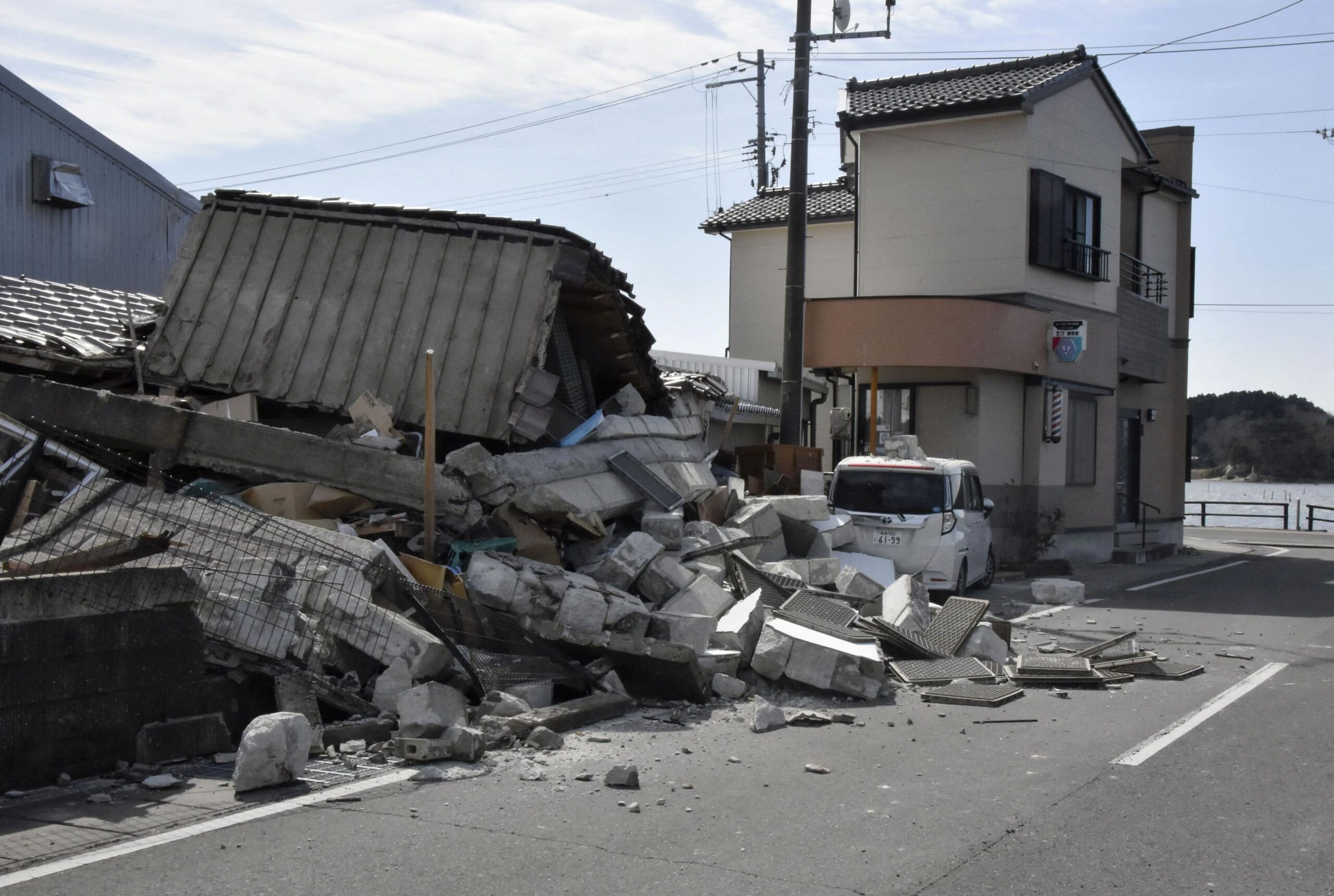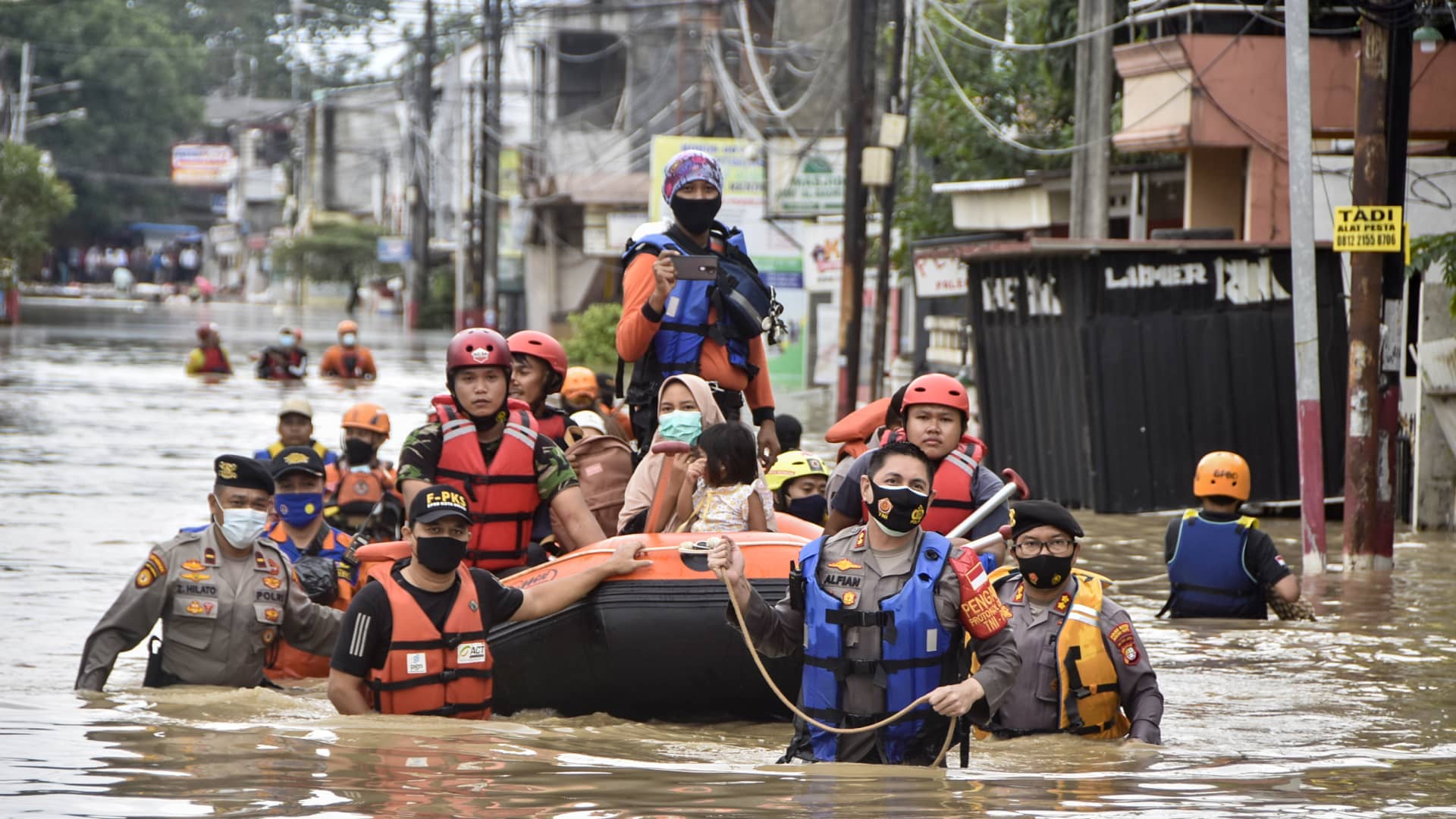
Nature force background – huge tornado, bright lightning in dark stormy sky, stormy sea, big waves
As Hurricane Ernesto continues to make headlines, it’s crucial for residents, authorities, and the general public to stay informed about the latest developments. With its unpredictable trajectory and evolving intensity, Ernesto presents both immediate and long-term challenges. This article provides an overview of the most recent updates on Hurricane Ernesto, its impact, and the measures being taken to mitigate its effects.
Current Status of Hurricane Ernesto
- Storm Classification and Intensity: As of the latest update, Hurricane Ernesto is classified as a Category 2 hurricane on the Saffir-Simpson scale. The storm boasts sustained winds of approximately 105 mph (169 km/h) with higher gusts, making it a significant and potentially dangerous system. Ernesto’s intensity has fluctuated in recent days, with predictions suggesting possible strengthening or weakening as it moves through different atmospheric conditions.
- Projected Path: Hurricane Ernesto is currently moving northwest at a speed of around 10 mph (16 km/h). According to the latest forecasts from the National Hurricane Center (NHC), Ernesto is expected to follow a path that may bring it closer to the eastern seaboard of the United States, with potential landfall areas being closely monitored. Coastal regions are advised to prepare for possible impacts, including storm surge and heavy rainfall.
- Impact on Affected Regions:
- Caribbean: Ernesto has already affected several Caribbean nations, bringing heavy rains, strong winds, and flooding. Countries such as Jamaica and the Bahamas have reported significant damage, including power outages and infrastructure disruption.
- United States: As Ernesto approaches the U.S., potential impacts include coastal flooding, high winds, and torrential rains. Emergency services in affected states are preparing for possible evacuations and emergency response operations.
Preparedness and Response Efforts
- Evacuation Orders: Authorities in regions under threat from Hurricane Ernesto have issued evacuation orders for vulnerable areas. Coastal and low-lying regions are particularly at risk. Residents are urged to follow evacuation guidelines and seek shelter in designated safe areas.
- Emergency Services Activation: Local and federal emergency services have been activated to provide support and resources in preparation for Ernesto’s arrival. This includes deploying search and rescue teams, setting up emergency shelters, and coordinating with utility companies to address potential outages.
- Public Safety Advisories: Public safety advisories have been issued, urging residents to prepare for severe weather conditions. Recommendations include securing property, stocking up on emergency supplies, and staying informed through reliable weather sources.
Scientific and Meteorological Insights
- Meteorological Monitoring: Meteorologists are closely monitoring Ernesto’s development using satellite imagery, weather models, and reconnaissance data. These tools are crucial for tracking the storm’s path, intensity, and potential changes in its behavior.
- Climate and Weather Patterns: The current conditions contributing to Ernesto’s formation include a combination of warm ocean waters, favorable wind patterns, and atmospheric instability. Such conditions can enhance the storm’s intensity and impact.
- Forecast Models: Forecast models are being utilized to predict Ernesto’s future movements and potential impacts. While models provide valuable insights, the storm’s trajectory and intensity remain subject to change, requiring ongoing updates and adjustments.
Community Impact and Recovery
- Immediate Effects: The immediate effects of Hurricane Ernesto include power outages, disrupted transportation, and property damage in affected areas. The storm’s strong winds and heavy rainfall have led to significant flooding, particularly in coastal and low-lying regions.
- Long-Term Recovery: Recovery efforts will be crucial in the aftermath of Ernesto. This includes restoring power, repairing damaged infrastructure, and providing support to affected communities. Local and national agencies will work together to ensure a coordinated and effective response.
- Insurance and Aid: Residents affected by the storm are encouraged to contact their insurance providers and seek assistance if needed. Government aid and relief programs will also be available to support those impacted by the hurricane.
Looking Ahead
- Continued Monitoring: As Hurricane Ernesto progresses, continued monitoring and updates will be essential. The NHC and other meteorological agencies will provide regular updates on the storm’s status, potential impacts, and safety recommendations.
- Public Awareness: Maintaining public awareness and preparedness is key to minimizing the impact of the hurricane. Staying informed through official channels and adhering to safety guidelines will help ensure the well-being of individuals and communities.
- Future Developments: The situation with Hurricane Ernesto remains fluid, and future developments may alter the storm’s trajectory and intensity. Keeping abreast of the latest information will be critical for effective response and safety measures.
Hurricane Ernesto’s recent developments underscore the importance of staying informed and prepared in the face of severe weather events. With its current status as a Category 2 hurricane and a potentially impactful trajectory, Ernesto poses significant risks to affected regions. By following official advisories, preparing for possible impacts, and supporting recovery efforts, communities can better navigate the challenges posed by this powerful storm. As the situation evolves, continued vigilance and preparedness will be key in managing the effects of Hurricane Ernesto.











Leave a Reply